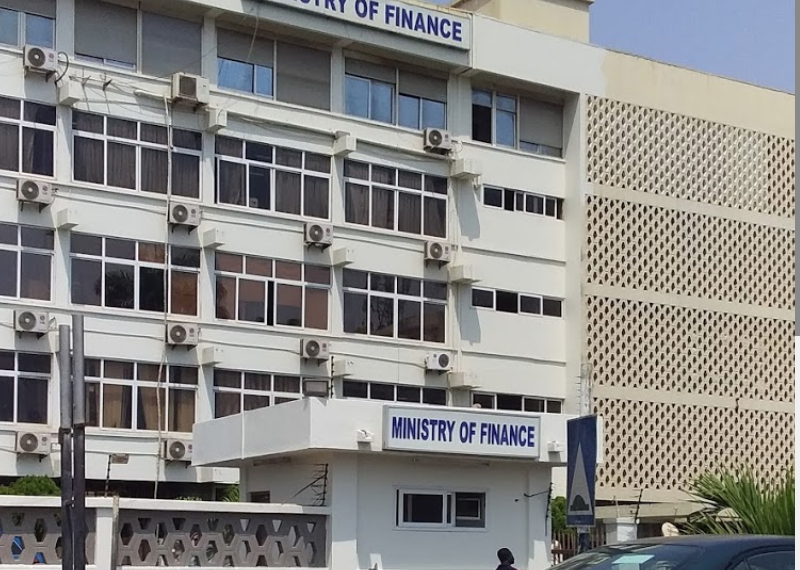The Ministry of Finance has clarified that there are no inconsistencies between the government and IMF debt computations contrary to what is circulating on social media. In a press release, the Finance Ministry explained that debt and budget classifications are based on international classifications known as central government or general government classifications.
However, the Ministry indicated that governments all over the world report at least at the central government level. This, according to the Ministry, means all activities involving the central government at the Ministries, Departments and Agencies.
Nevertheless, the ministry explained that such activities exclude Local Governments, State Owned Enterprises and other investments of government. But, the Ministry stated that any debt that the government guaranteed are included in its debt computations.
As such, the ministry educated the general public on the differences between the central government and the general government classifications. According to the Ministry, any debt computations that includes Local Government and SOEs are at the general government level. This means that such computations include local government, SOEs and the central government budgeting.
Central government budgeting
Therefore, the Finance Ministry stated in no uncertain terms that the government of Ghana reports on central government budgeting. It added that the government does not report at the general government budgeting.
“Ghana, as a country, reports on central government budgeting and not general government budgeting”.
Consequently, the Ministry pointed out that Ghana’s public debt stock is calculated as all the debt incurred by all Ministries, Departments and Agencies. This is in addition to “any other debt that the Central Government guarantees for any Local Government or SOEs”.
Debt stock
Meanwhile, the ministry provided a justification for the seeming disparities between its debt figures and that of the IMF.
“With this definition, the 2020 public debt stock as a percentage of GDP was 76.1%, up from 62.4% recorded in 2019. This corresponds at the same level to those from the IMF. In other words, the 2019 Public Debt Stock as percent of GDP was 62.4% and 64% for the MOF and IMF respectively. Similarly, the end 2020 Public Debt stock was 76.1% and 78% for the MOF and IMF respectively”.
Furthermore, the MoF stated that the IMF explained the variance indicated above vividly in their press release. According to the ministry, the IMF stated that they included ESLA debt of GHS 7.63 billion which relates to the debt of energy SOEs. This, the MoF said, was excluded from the central government classification.
“Therefore, IMF and government computation are not at cross purposes”.
Also, the ministry reiterates that it operates an open door policy. As a result, it would “encourage the media to seek clarification of issues from us before publication”.
IMF annual Article IV mission
On 12th May 2021, the IMF issued a Press Release following another successful conclusion of the annual Article IV mission. This took place virtually from 28th April to 12th May, 2021. The MoF described the mission as “highly successful”. The Mission considered the risks arising from the COVID 19 pandemic on Ghana Government’s containment interventions. It also highlighted areas that need further attention due to the exacerbated nature of the interventions to combat the pandemic.
Despite this positive development, the ministry indicated that there were reports from some media outlets that create the impression that there were disparities between IMF and Government on Ghana’s public debt computations.
READ ALSO: Dr. Bawumia, naïve and clueless on technology issues- Haruna Iddrisu



















